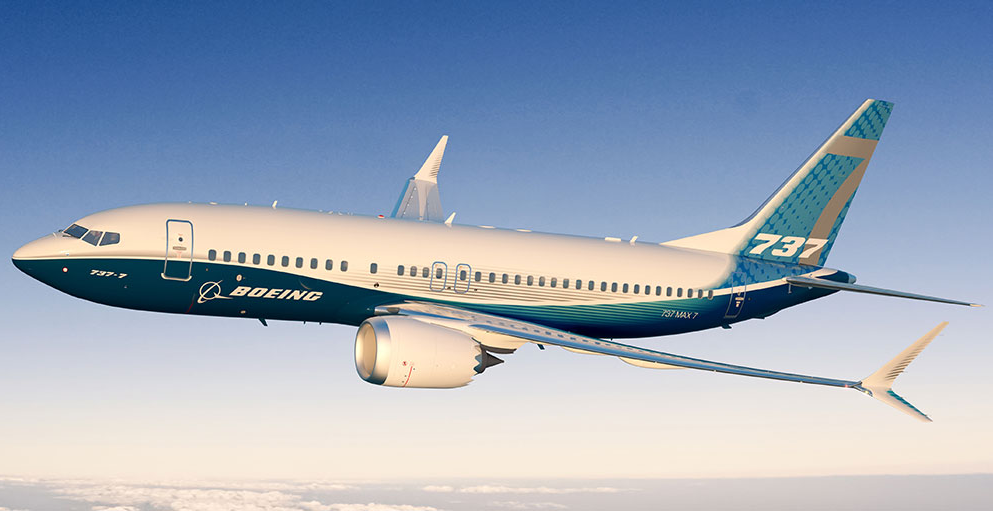Leeham News and Analysis
There's more to real news than a news release.
Chinese and Russian Widebody takes shape. Part 4.
By Bjorn Fehrm
Subscription Required
Introduction
February 1, 2018, © Leeham Co.: In the third article about the Chinese/Russian widebody, CR929, we looked at the challenges the aircraft poses to the involved manufacturers. Now we continue with analyzing the project’s engine needs.
The CR929 is sized to use engines from the Boeing 787 project. Both GE Aviation and Rolls-Royce got Request for Proposals (RFPs) on 22 Dec. 2017. In addition, the Russian and Chinese engine industry wants to develop an engine for the project.
Summary:
- The Chinese and Russian widebody program needs engines in the 75,000lbf thrust class.
- The project’s engine specification is closely modeled after the engines available from the Boeing 787 project.
- In addition to the available 787 engines, the Chinese and Russian engine industry is trying to unite behind a joint engine proposal.
Chinese and Russian Widebody takes shape. Part 3.
By Bjorn Fehrm
Subscription Required
Introduction
January 25, 2018, © Leeham Co.: In the second article about the new Chinese/Russian widebody, CR929, we looked at the size of the aircraft and its passenger capacity. The CR929 can be best described as a shorter range version of Boeing’s 787-9. We also presented the chosen technologies for the project.
Now we continue and look at the challenges the aircraft poses to the involved manufacturers. Neither of them (COMAC of China and United Aircraft of Russia) have developed and certified an aircraft like the CR929 before.
 Summary:
Summary:
- The Chinese and Russian widebody program has high ambitions. The structure shall be composites and the systems state of the art.
- We now go through the aircraft’s chosen technologies and review what experience base the Chinese and Russian aeronautical industry has and what challenges they will face. Read more
Chinese and Russian Widebody takes shape: Part 2.
By Bjorn Fehrm
Subscription Required
Introduction
January 18, 2018, © Leeham Co.: In the first article about the Chinese/Russian widebody, the CR929, we described the route to a joint program company and the launch of the project.
We now analyze the aircraft, based on available information. With the information, it’s possible to model the aircraft in our performance model and get the first understanding of performance and efficiency.
 Summary:
Summary:
- The CR929-600 is closely modelled after the Boeing 787-9. The overall design and dimensions are similar.
- The major difference to the 787-9 is in cabin width, allowing comfortable nine abreast seating, and the Maximum Take-Off Weight (MTOW).
- The decision to design CR929-600 for a lower MTOW has restricted range to 6,500nm with the nominal cabin capacity of 280 passengers.
Chinese and Russian Widebody Project takes shape
By Bjorn Fehrm
Subscription Required
Introduction
January 15, 2018, © Leeham Co.: The Chinese and Russian Widebody program started in earnest over the last year. After signing a joint venture agreement in 2016, the project now has a joint management company, CRAIC, formed 22nd of May 2017, and standing for China-Russia Commercial Aircraft International Corporation.
The company will have final assembly and management located in Shanghai. The aircraft has also got its final name, CR929-600. It will hold 280 passengers in a three-class cabin with a range of 6,500nm, Figure 1.

Figure 1. The CRAIC CR929-600, the main aircraft in the Chinese-Russian widebody program. Source: CRAIC.
Summary:
- The Chinese and Russian widebody program has taken off after the joint company was established spring 2017.
- The organization of the company is set, with the Chinese taking the rudder by the power of a five times larger market and economy and a 10 times larger population.
- The joint company, CRAIC, issued its first vendor RFP to GE and Rolls-Royce before Christmas for the aircraft’s propulsion system.
Read more
Is the Airbus A321LR a better NMA stopgap than the 767-300?
By Bjorn Fehrm
Subscription Required
Introduction
January 04, 2016, © Leeham Co.: We have discussed if the Boeing 767-300ER could function as a stopgap until an NMA would be available. We then compared it with Boeing’s 787-8 and Airbus’ A330-800 as alternative stopgaps. We didn’t include any single-aisle alternatives at the time, like Airbus’ A321LR or Boeing’s 737 MAX 10.
These aircraft have limitations in passenger capacity and range compared with the 767. The least compromised aircraft in an NMA role is the A321LR, which comes within 1,500nm of the range of the 767-300ER. We, therefore, use it as our single-aisle alternative when we look at further stopgaps until an NMA arrives in 7-10 years.
Summary:
- The A321LR has 30% less passenger capacity than the 767-300ER when configured with comparable cabin standards.
- It also has 1,500nm less range than the 767-300ER.
- The operating costs on a trip and seat-mile basis are considerably lower, however.
- If the majority of planned routes are within the capability of the A321LR and other aircraft, with longer range, could complement it on the longest routes, it is a more economical alternative to a new 767, both on a Cash Operating Cost basis and when including capital costs.
- This assumes increased route frequency can compensate the higher capacity of the 767.






